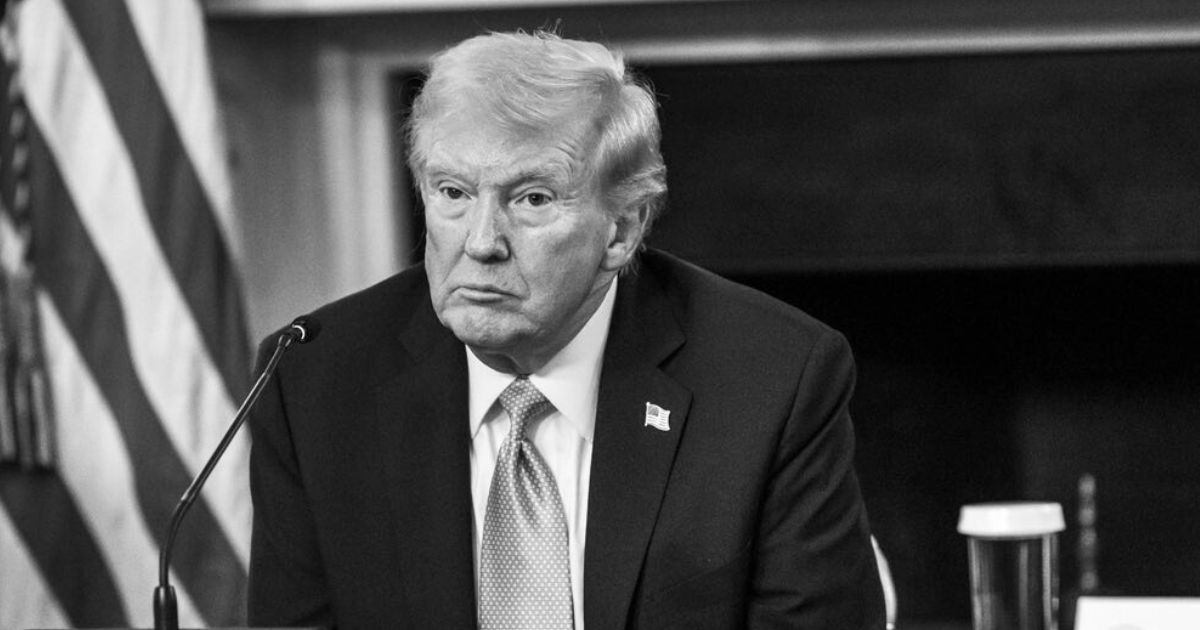TheEggWatch started tracking egg prices the week Donald Trump became president-elect, curious about the promises to make groceries cheaper, and eggs “great again.” His receipts, recorded in quick, punchy videos, have since evolved into a running ledger of inflation fatigue, cartons that keep costing more, and staples that do not drop as fast as the slogans promised. Recent reports have shown that TikTok clips are as emblematic of a larger mood, ordinary shoppers documenting the rising prices and cost of living.
The Bureau of Labor Statistics reported that “the index for food at home rose 2.7 percent over the 12 months ending in September,” with “the meats, poultry, fish, and eggs index” up 5.2 percent year over year. In the same release, BLS noted the broader food index increased 3.1 percent, a reminder that the weekly bill is still drifting higher. Those numbers track with what EggWatch’s side-by-side receipts show, small jumps that add up across a cart.
Eggs have been the drama queen of the dairy case all year. In February, the Associated Press reported a record “$4.95” average per dozen, driven by a stubborn bird flu outbreak and supply squeezes. The story laid out the mess plainly: the virus wiped out flocks, restocking took months, and shoppers met limits, surcharges, and empty shelves. Even with some easing at times, volatility remains the norm in the egg aisle.
The Federal Reserve Bank of St. Louis’ FRED series shows the average retail price at $3.488 for September 2025, down from a May spike near $4.55. Wholesale markets have cooled as the holidays approach, and USDA says the CPI “average price of $3.49 per dozen” in September marked the lowest point since October 2024. That is welcome, but hardly a victory lap when you zoom out over the year.
Candidate Trump campaigned on cutting grocery costs fast, then conceded after the election that bringing prices down would be “very hard.” In his Time interview, summarized by ABC’s 6abc, he added, “it’s hard to bring things down once they’re up. You know, it’s very hard.” That walk back is already in the congressional record. In January, Senator Elizabeth Warren led a letter pressing the White House for a “plan to lower food prices,” quoting those campaign vows to deliver relief “starting on Day 1.” The letter pointed to consolidation and alleged price fixing as forces that keep checkout totals stubborn.
So the EggWatch videos land because they match the official scorecards. BLS says grocery prices are still up year over year, AP says eggs hit records, the Fed’s data shows elevated retail averages, and USDA charts show ad prices dipping only after a bruising spring. The creator’s thesis is not complicated; if prices were going to fall quickly, they would have fallen by now. Washington’s promises feel distant when you are staring at a $60 basket that used to be $48.
USDA notes that ad prices for conventional eggs have dropped to “$1.69” per dozen on promotion, and inventories are improving into the holiday baking season. But for shoppers, the scoreboard is unforgiving, receipts tell the story in ink, and TikTok turns those receipts into a feed of kitchen table economics. Until the official indices bend more decisively, the viral verdict stands, groceries under Trump remain a grind, and the eggs, as ever, get all the headlines.













